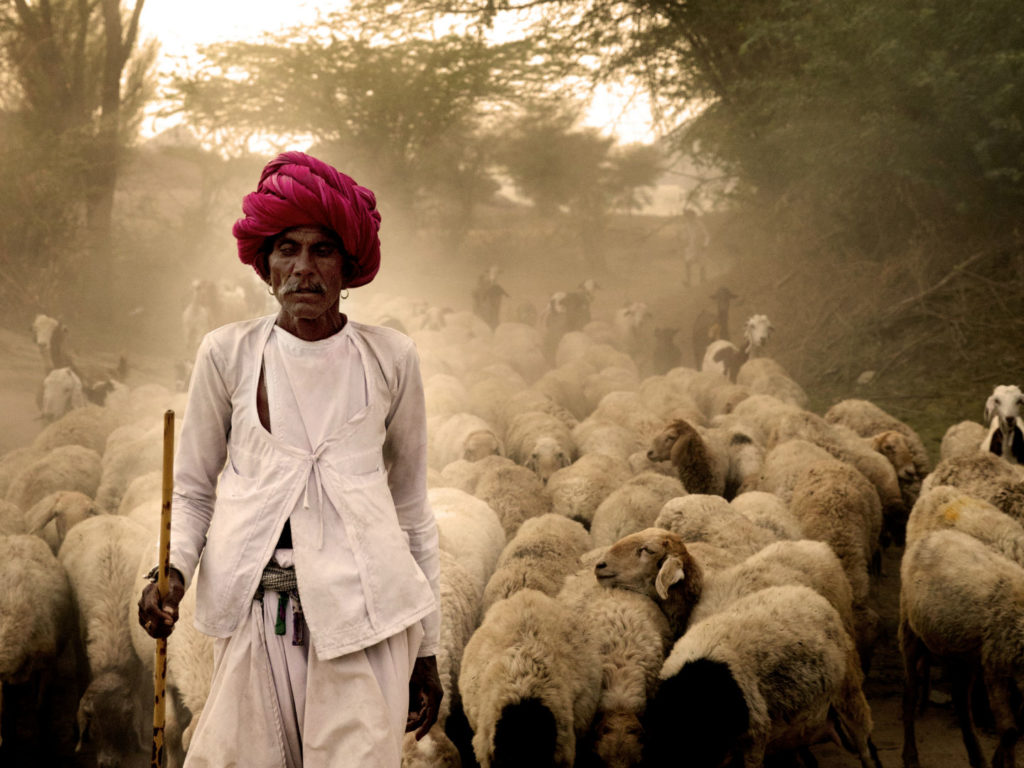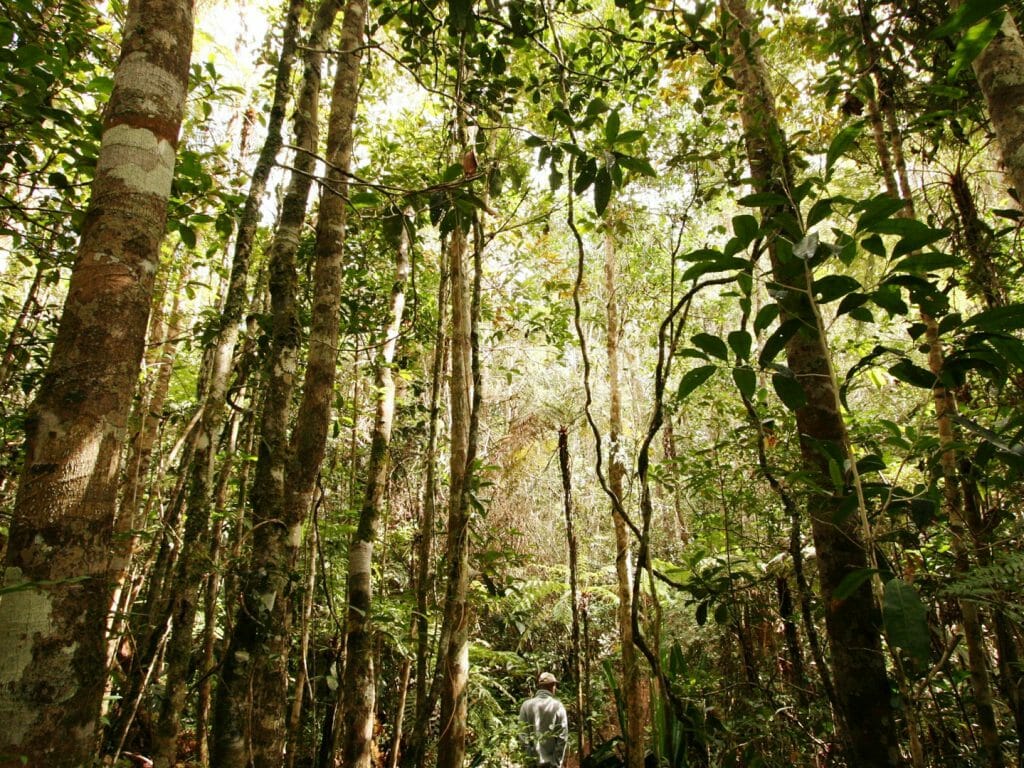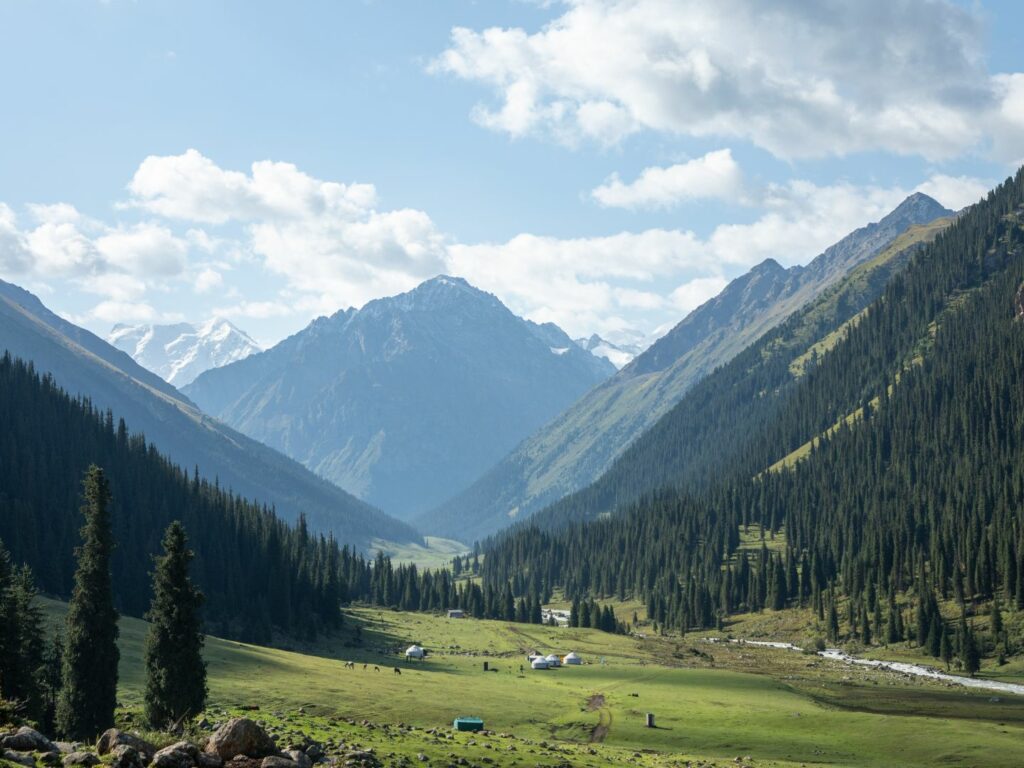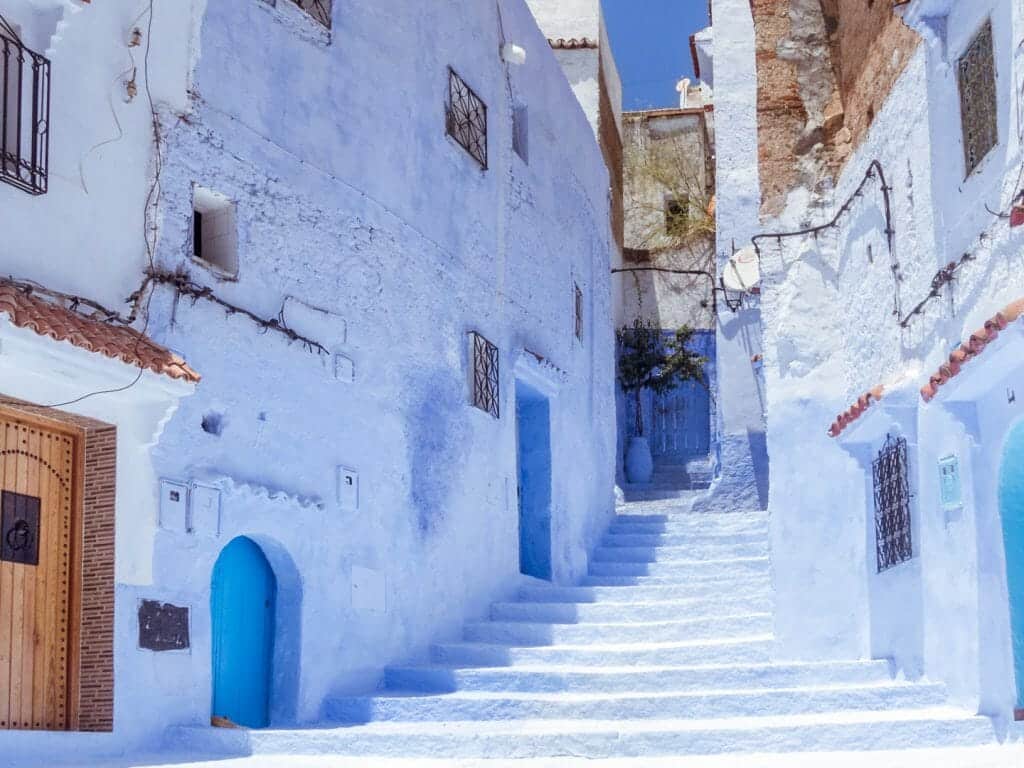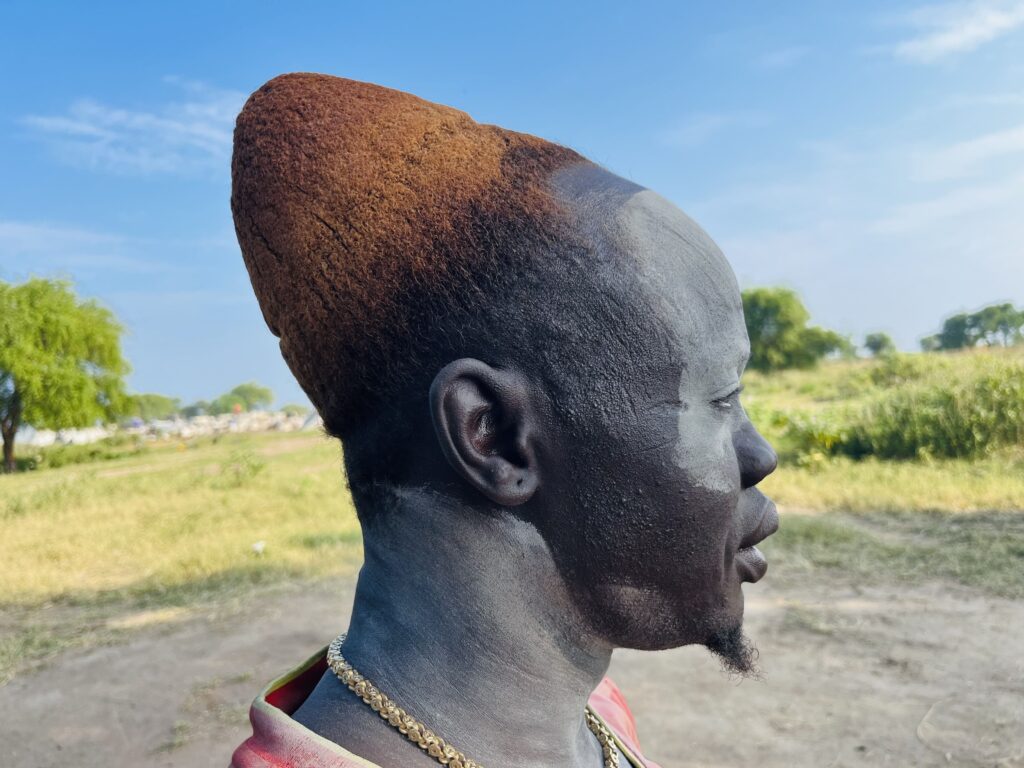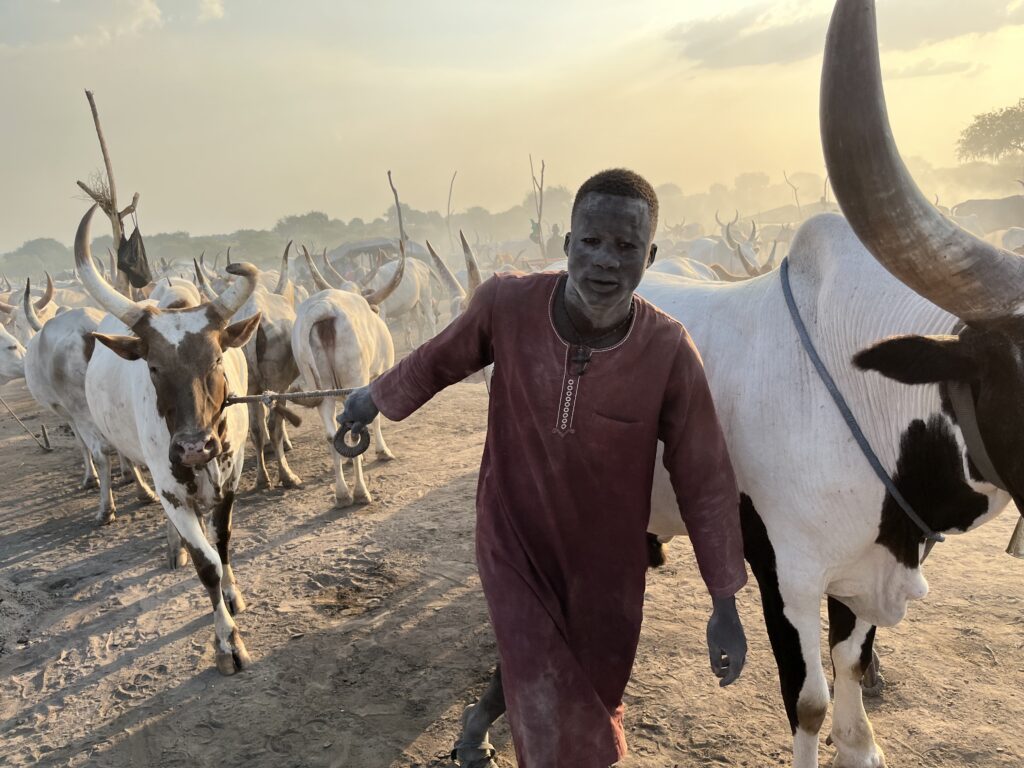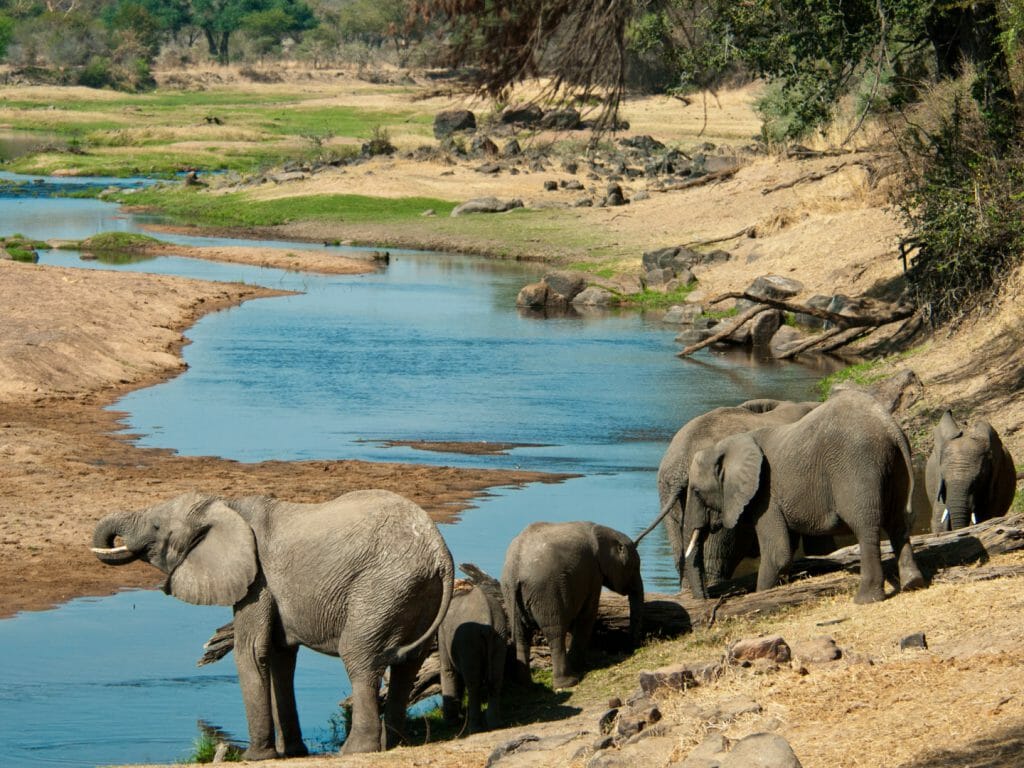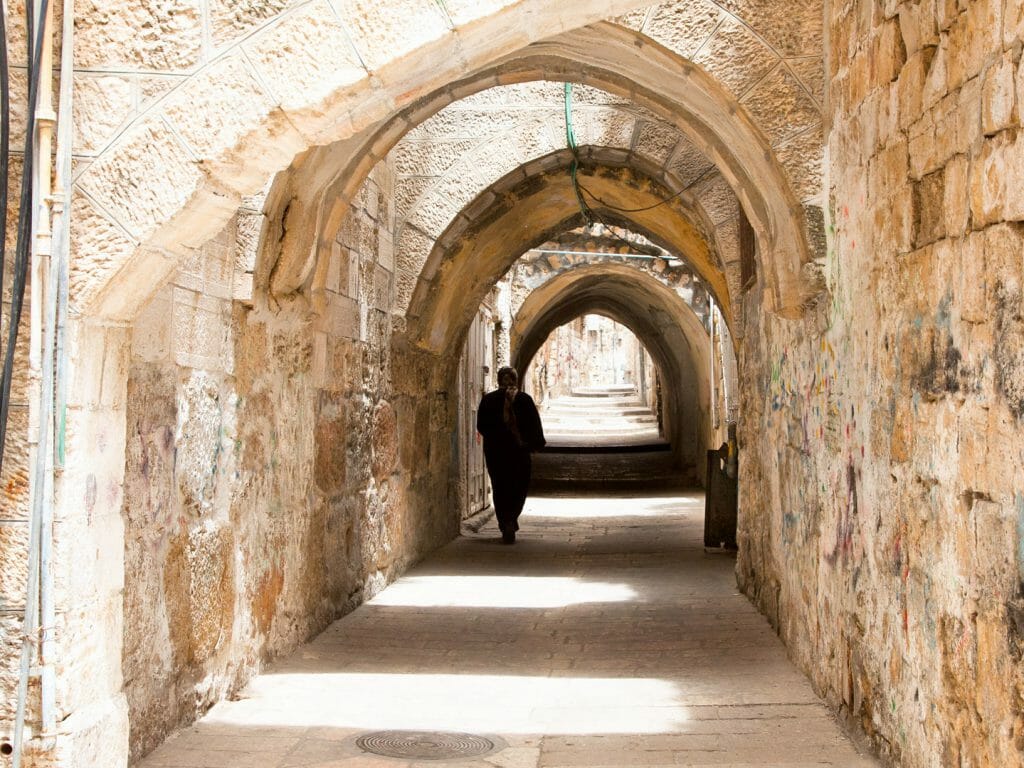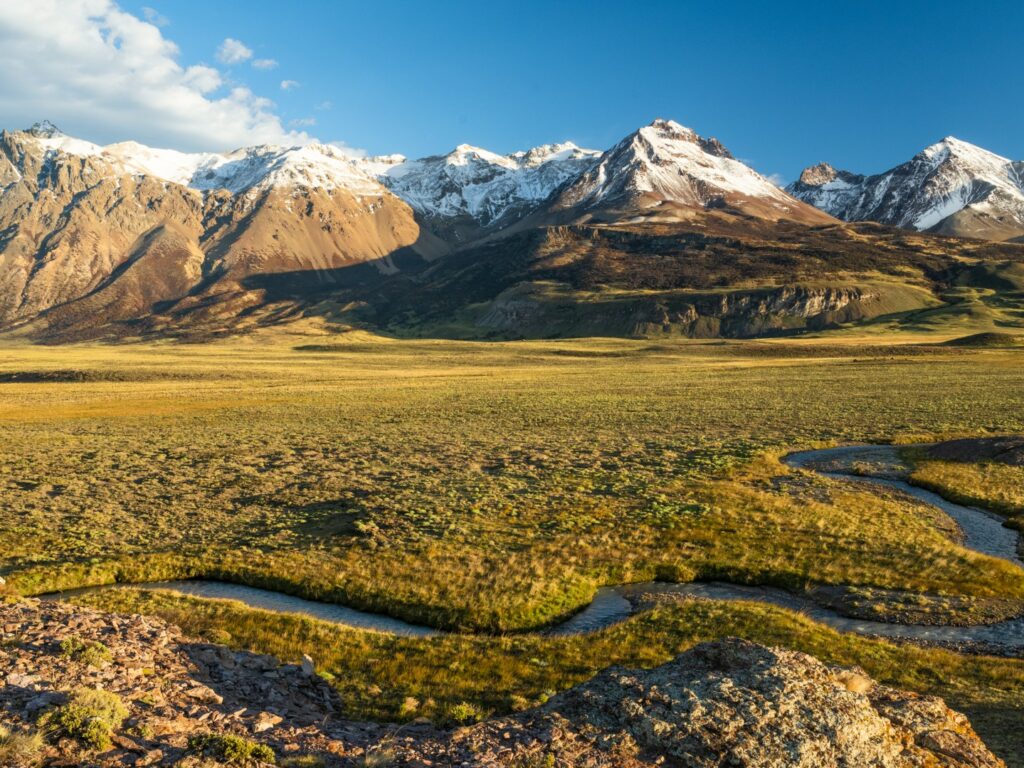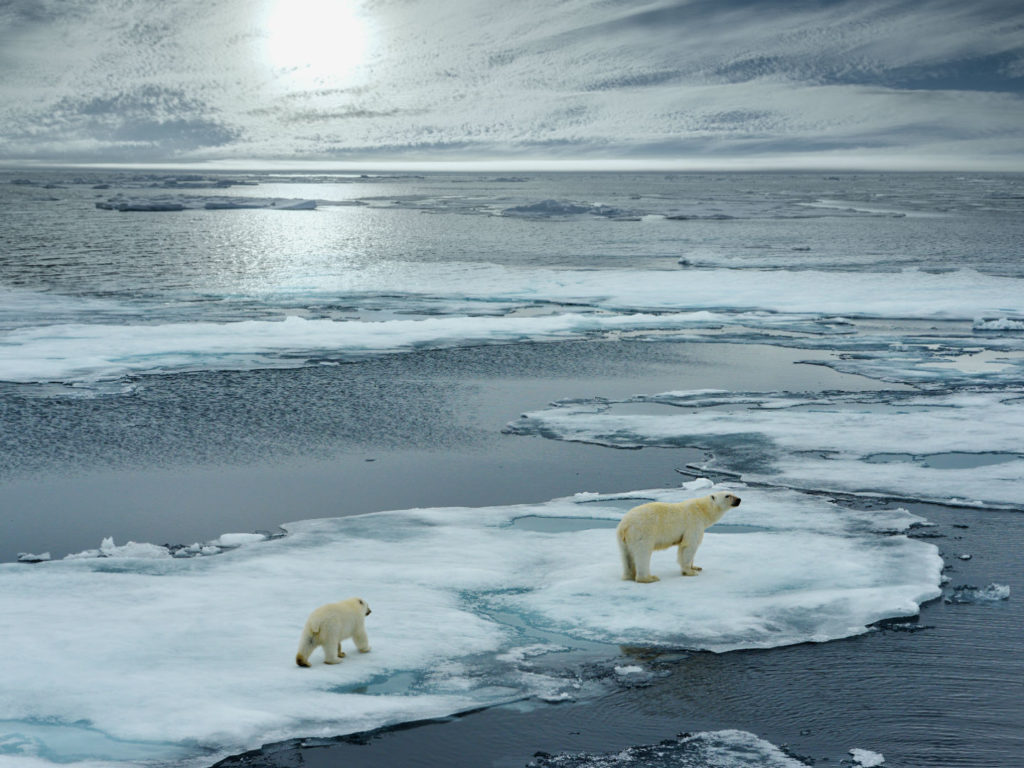Sunday is World Ranger Day, marking a time when the world can reflect upon the sacrifices made by rangers around the globe. Positioned on the front line in the fight for conservation, they put their lives in peril for the preservation of some of the planet’s most threatened species.
Many make the ultimate sacrifice – falling in the never-ending battle to save our wildlife from the rapacious plundering of those who skin, shoot and maim in the name of vanity or aphrodisia. It is a battle worth fighting, but one that is taking a toll on rangers around the planet.
At Steppes, we are aware of the vital work that rangers do and the risks they take. However, they remain largely invisible to tourists – operating behind the scenes, with talented guides often stealing the limelight.
Yet tourism and rangers are bound together. Across Africa, tourism provides vital support to rangers in incredibly challenging areas. The money that tourists bring in pays their salaries, buys important equipment and provides an alternate income stream for would-be poachers.
We work with many of these areas and are acutely aware of how important our support is. The following areas are at the forefront of conservation, with their rangers battling to save vital ecosystems and endangered species. Travel now; provide them with the support they deserve.
Zakouma National Park, Chad
Often remarked upon for its resurgent elephant population – nearly extinct from poaching only a few years ago – Zakouma is an exciting wildlife destination. But the sacrifices made by its rangers and the part they have played in this revival often go unacknowledged.
In 2012, six rangers were gunned down in cold blood – a murderous act that changed the way the park operated forever. French special forces were brought in, implementing a training regime and tactics that would level the playing field. They transformed the rangers into an organised, efficient force, ready to do battle with the poachers on their own terms.
The result was impressive. No rangers have been lost since that terrible day, whilst poaching has almost entirely been eradicated in Zakouma. For three whole years there were no incidents, after decades of slaughter. The rangers still mourn their fallen comrades, but their resolve is strong, their morale high.
To learn more about Zakouma, read Justin’s blog Discovering Zakouma
Virunga National Park, Democratic Republic of Congo
Nothing highlights the risks rangers face in Virunga National Park more than the attempted assassination of the chief warden, Emmanuel de Merode, in 2014. In spite of his survival, the bloodshed has not ended, with rangers falling at an alarming rate. All too often, touching obituaries continue to appear on the Virunga website.
Yet the park itself goes from strength to strength, with tourism providing a vital lifeline in the face of a multitude of threats. As well as the mountain gorillas that were the stars of the award-winning documentary Virunga, the park is also home to the world’s largest lava lake, at the summit of Nyiragongo.
And even as rangers continue to perish, there remains a remarkable desire amongst local people to take up their mantle. One recruitment drive resulted in 1,800 applicants for just 112 positions – showing just how venerated Congolese rangers are amongst their compatriots.
However, the families left behind are those who truly suffer; it was this realisation that lead to the creation of the Fallen Rangers Fund, which provides support to the families of fallen rangers.
To support the rangers and visit Virunga, see our Virunga Volcano Climb Holiday
Borana Conservancy, Kenya
Found on Kenya’s Laikipia Plateau, Borana has become well known for its determined efforts to protect its rhinos. The high price placed on rhino horn has caused a surge in poaching, placing the lives of Borana’s rangers in ever greater danger.
In spite of this, the fight continues, with the rangers attempting to be a human barrier between the poachers and one of Kenya’s largest rhino populations. Visitors to Borana can meet these brave men and gain an insight into the challenges they face as part of their daily rhino patrols.
Like many others, Borana has realised the toll that poaching is having on rangers. As a result, the conservancy is a keen supporter of Running for Rangers, a charity that raises funds for rangers through sponsored endurance events.
One of those taking part is Sam Taylor, Borana’s chief conservation officer, who is responsible for the conservancy’s rangers and their training. Nothing says more about his commitment to his men than his willingness to run the notorious Marathon des Sables in their name.
To learn more about Running for Rangers, visit their website
Kahuzi-Biega National Park, DRC
Home to the largest primate, Grauer’s gorilla, Kahuzi-Biega National Park is found in region famed for instability and conflict. Few structures exist to protect wildlife and there is little money available to implement the kind of training regimes that have saved Zakouma or Borana.
However, sometimes community involvement, passion and NGO involvement can be powerful tools. Under the leadership of chief warden Radar Nishuli, the park has successfully fended off the horrors befalling other such vulnerable parks.
A determined conservationist, Nishuli has spent three decades working in the park – believing himself duty bound to defend its wildlife and its rangers. Working with Fauna & Flora International, he has brought local communities on side, drawing up a development plan that balances the needs of the park with the needs of the people.
This thoughtful but determined approach has yielded significant rewards, helping to create a stable, safe environment in which the rangers have the support of the community. Whilst risks remain, the threat of poaching has been significantly reduced, making rangers’ lives markedly safer.
To learn more about gorilla trekking in Kahuzi-Biega, read Justin’s blog
To support the rangers and visit Kahuzi-Biega, join our Gorillas and Community Conservation Group Tour – in partnership with Fauna & Flora International.
Odzala National Park, Republic of Congo
One of the last strongholds of Africa’s forest elephants, Odzala National Park – like Zakouma – is managed by the pioneering African Parks. Densely forested and crisscrossed with rivers, its challenging terrain represents monumental challenges for the rangers tasked with protecting its wildlife.
Despite this, Odzala is bucking a transcontinental trend, with elephant numbers increasing. Thanks to a combination of creative initiatives and structured enforcement, the park is actively attracting elephants that are seeking shelter in its poaching free jungles.
One such initiative is the park’s remarkable Poacher to Protector programme. This hugely successful scheme has seen numerous poachers leave a life of hunting behind and join the men who once fought them. Former poachers are required to confess and give up arms, before beginning training as park rangers.
To support the rangers and visit Odzala, see our Forests, Rivers and Bais of Odzala Holiday
Dzanga-Sangha Reserve, Central African Republic
A UNESCO World Heritage Site, the magnificent Dzanga Bai sits at the heart of the Dzanga-Sangha Reserve. Instability in the CAR has decimated this once diverse ecosystem, with the collapse of law and order allowing poachers free rein.
However, although vastly outnumbered, wildlife forces are starting to fight back. With the help of military trainers from Israel and France, a new group of rangers have taken control of the area, establishing themselves as a force to be reckoned with.
Such is the scale of the success that the World Wildlife Fund, who administer the reserve, recently declared that elephant poaching was now considered rare. But despite this, patrols and intense monitoring continue, with the rangers keen to place themselves between the poachers and the natural riches of the Dzanga-Sangha Reserve.


